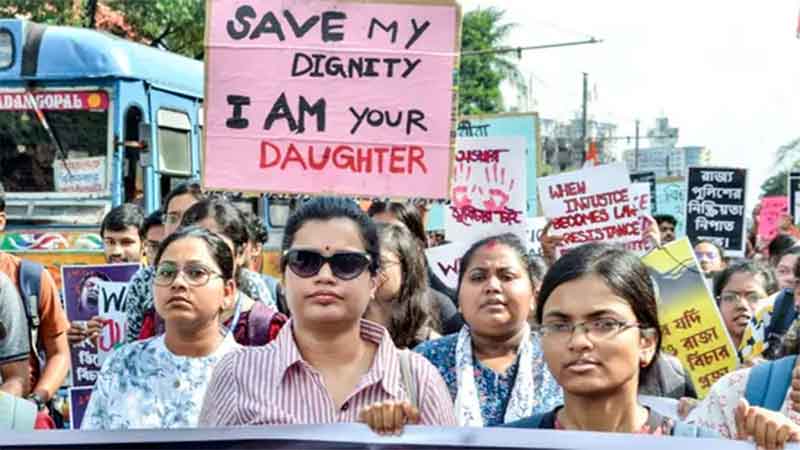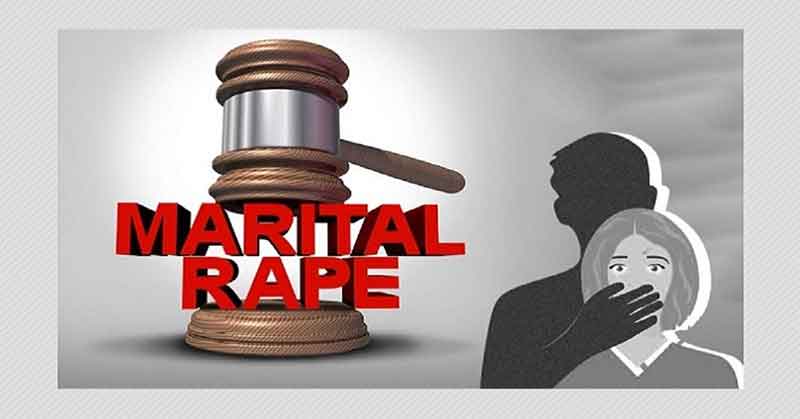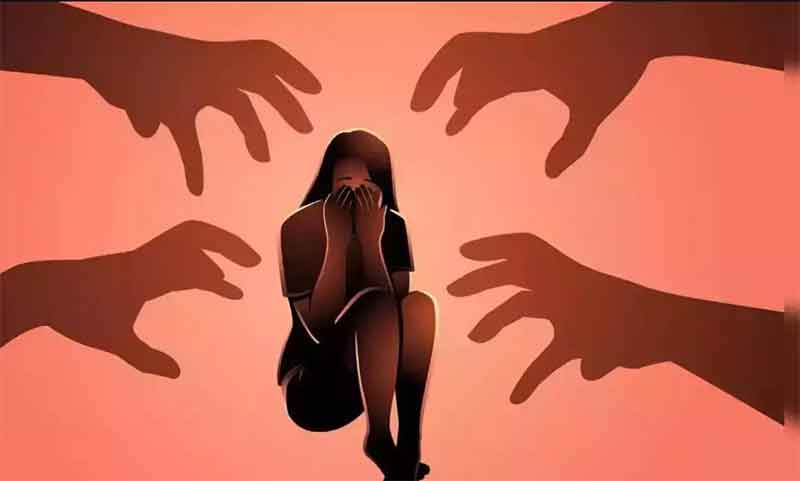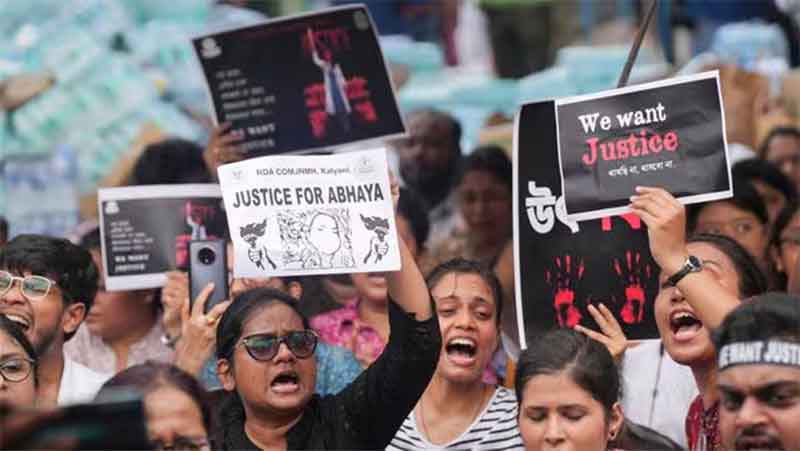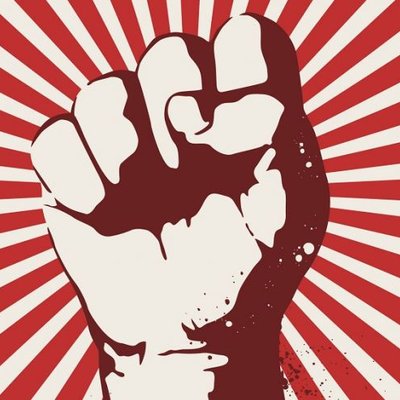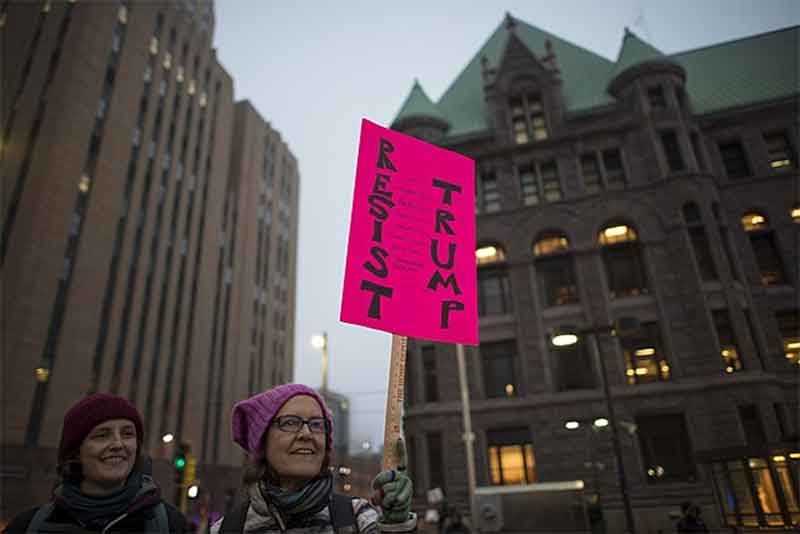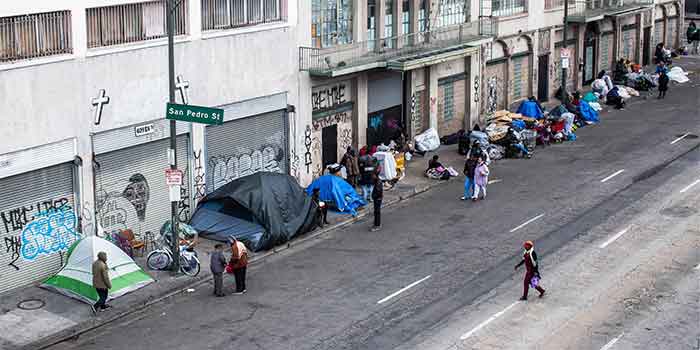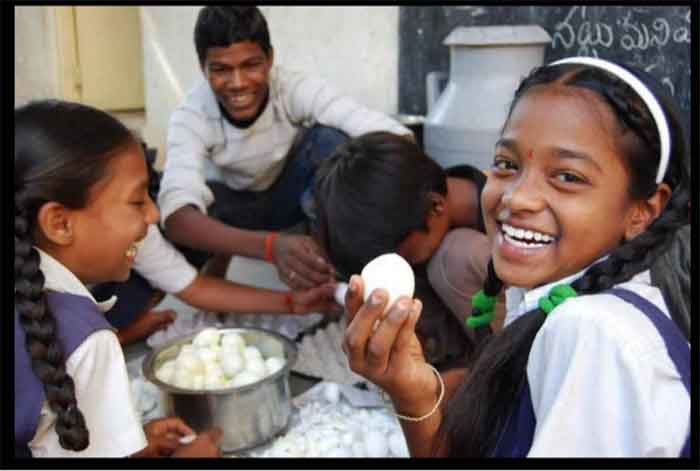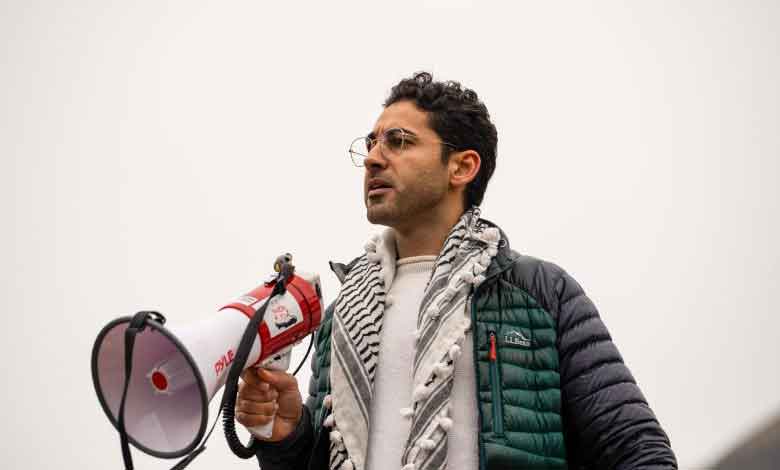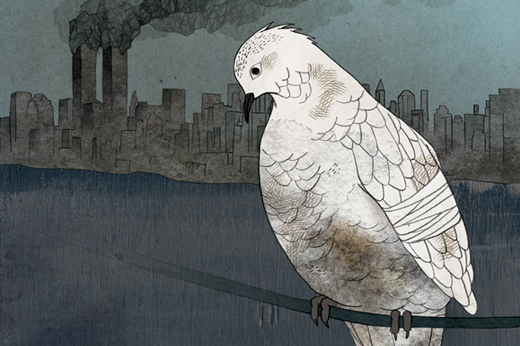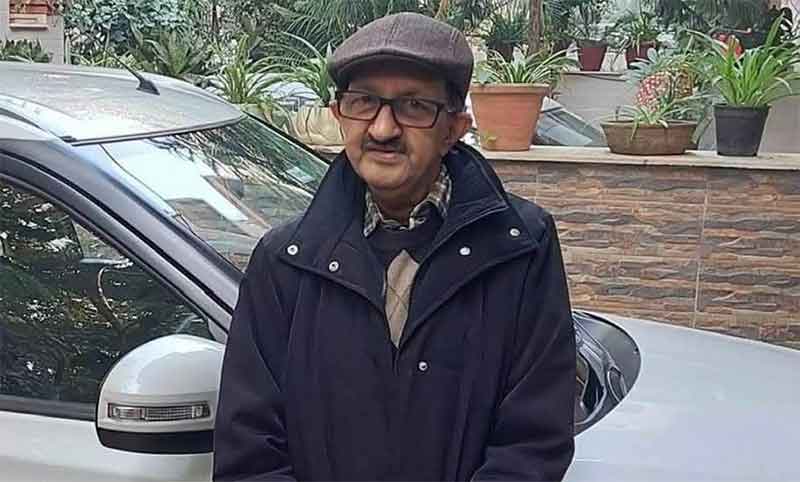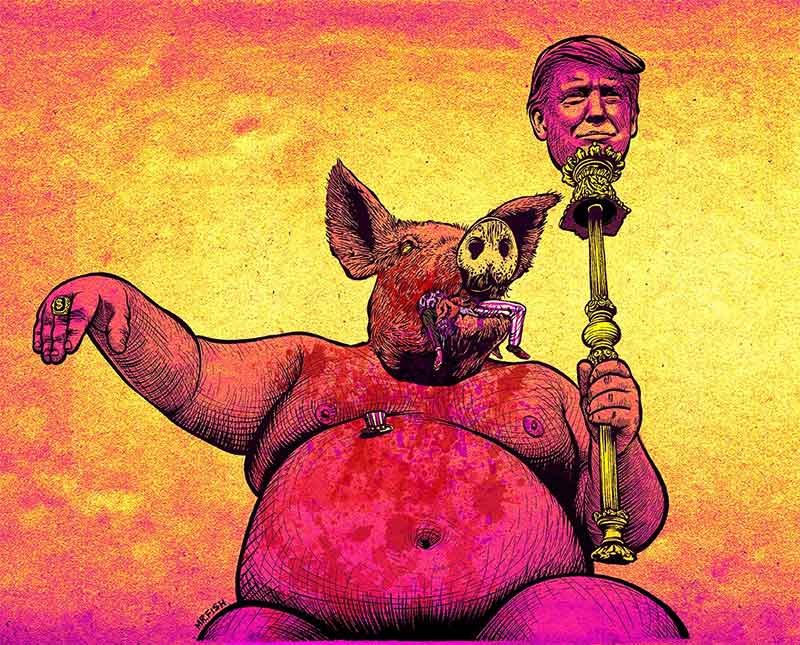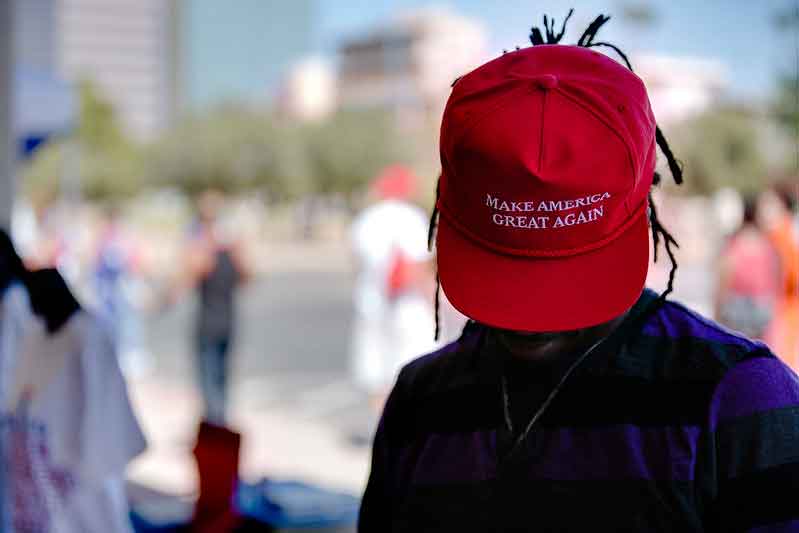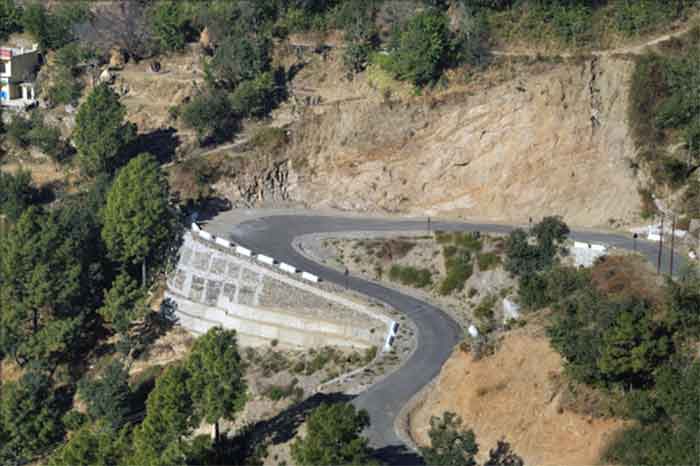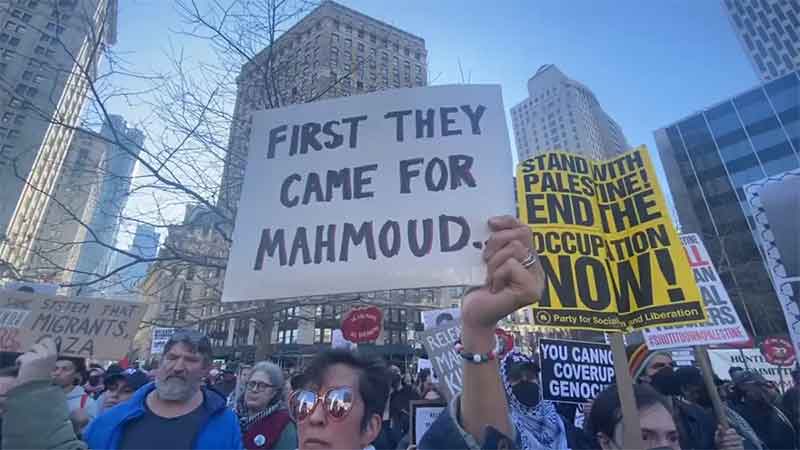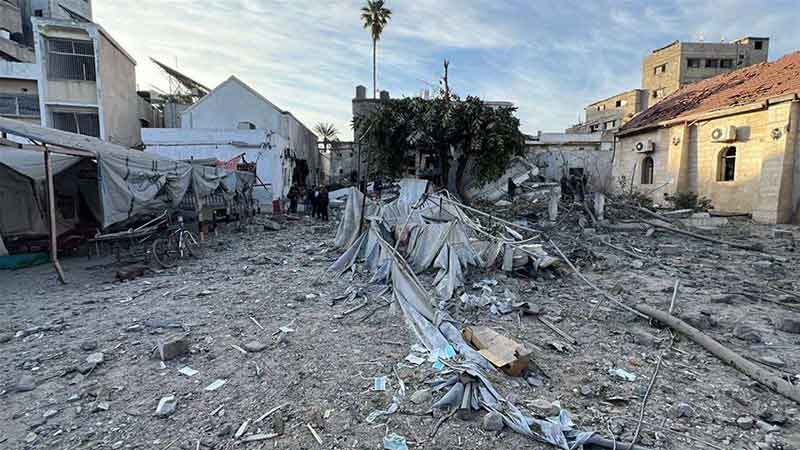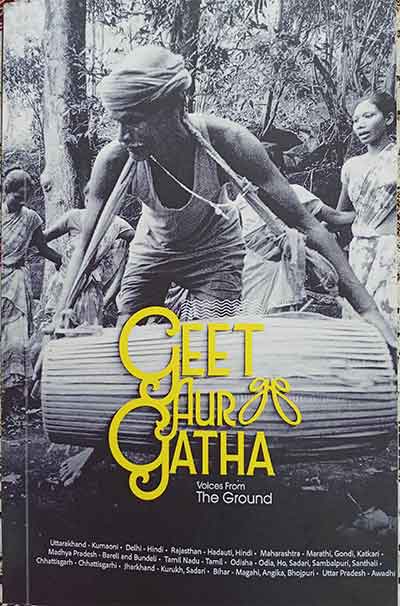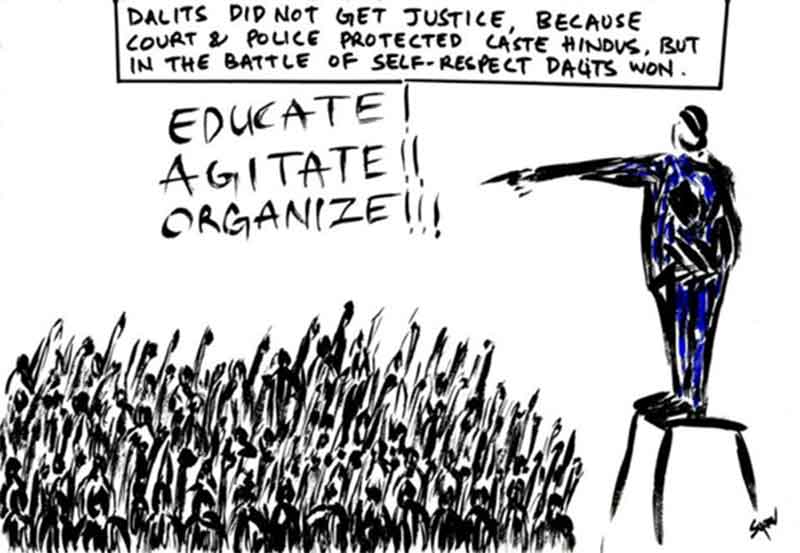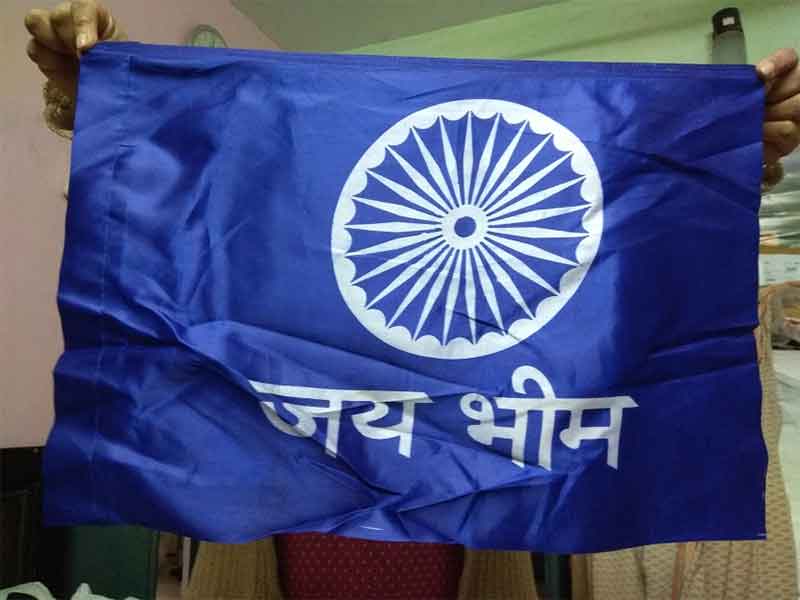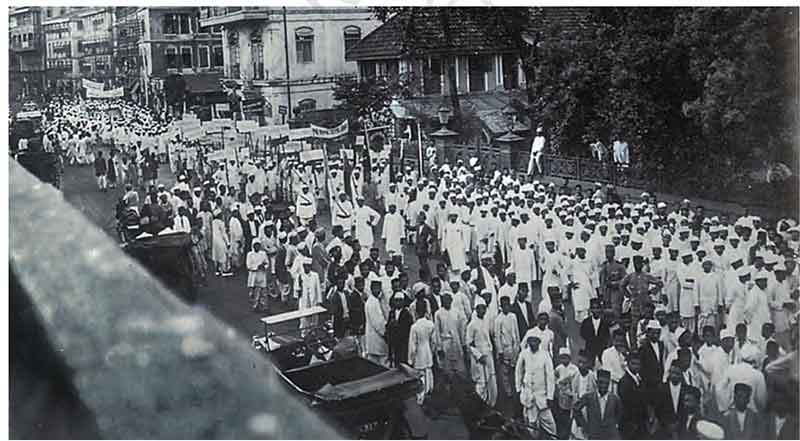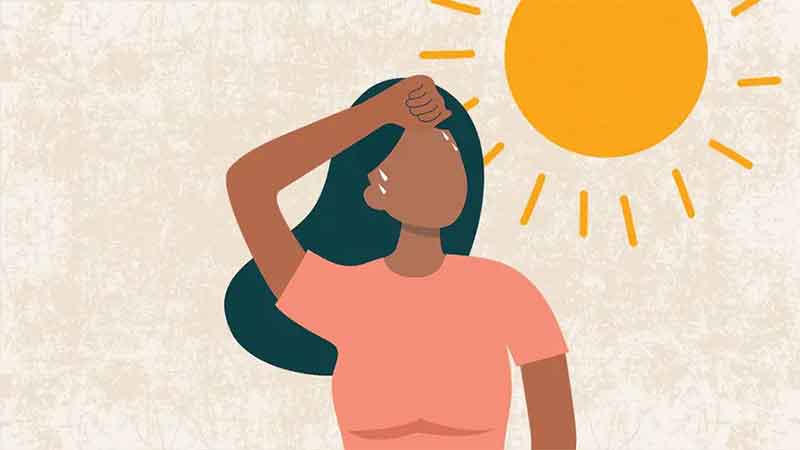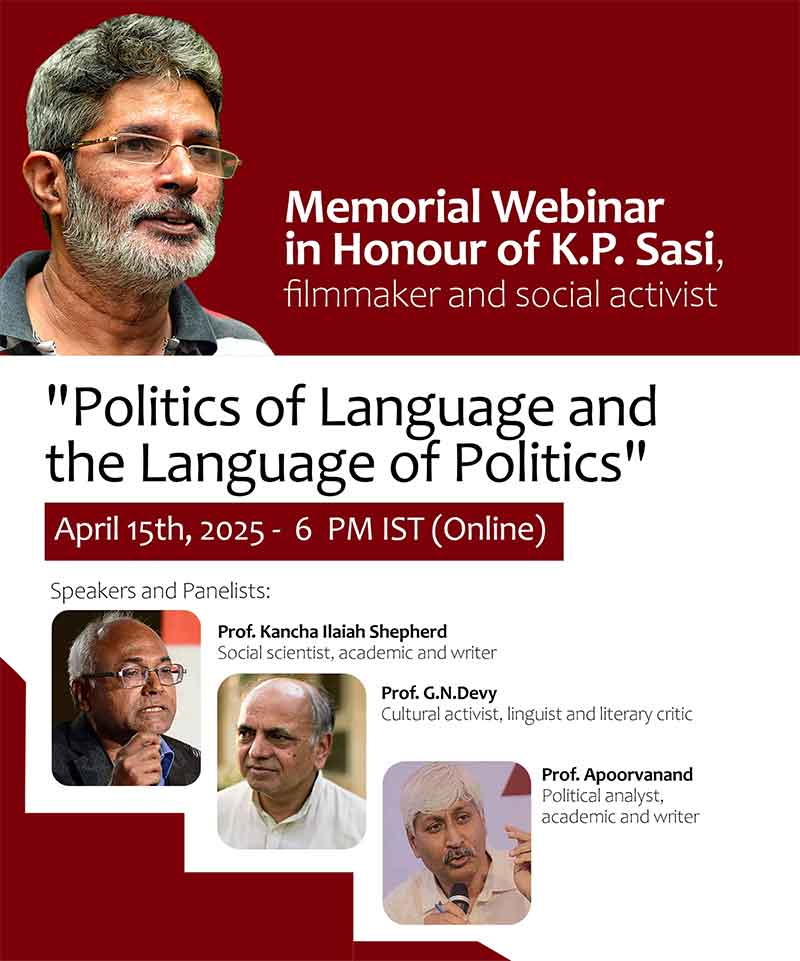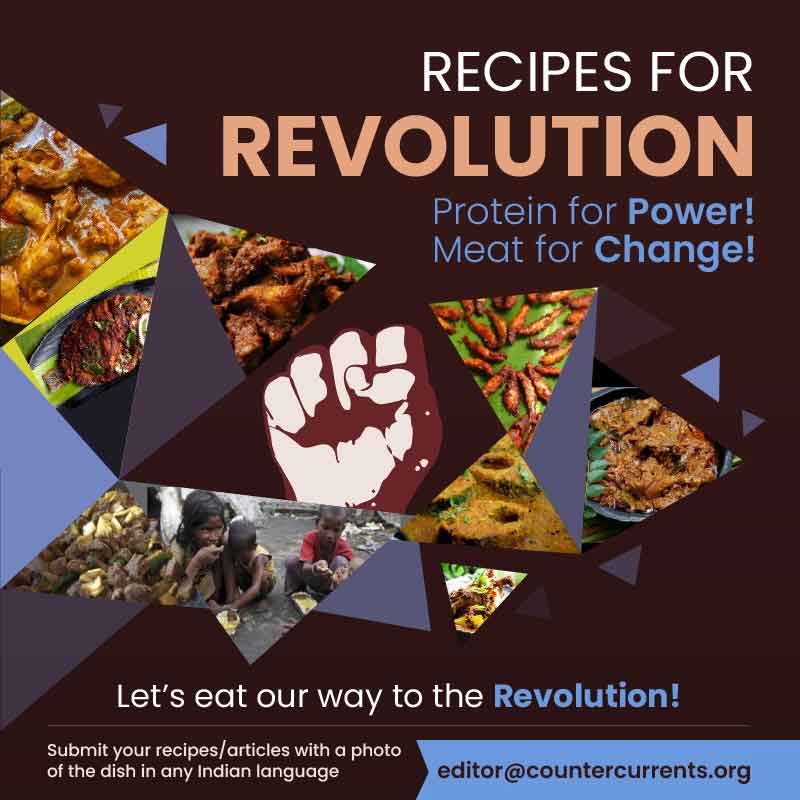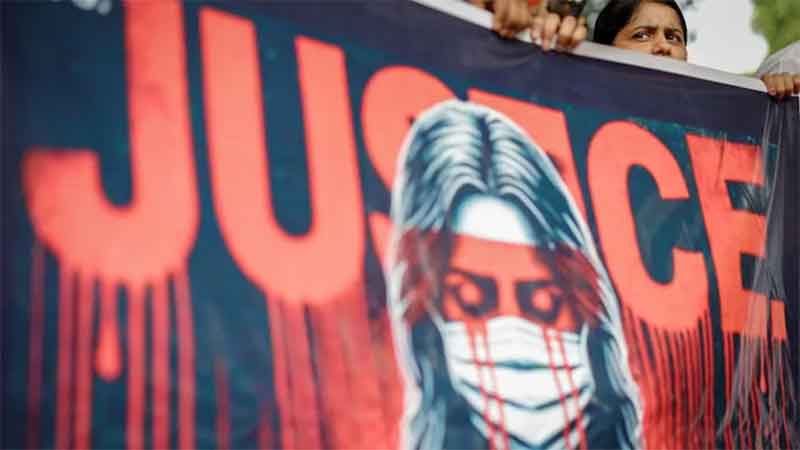
These are very strange days – I have fractured a bone in my foot and am largely confined to a chair at home, with the TV switched on for a large part of the day. But most of the time, I am actually walking in my mind with the countless faces that have taken to the streets these days in Kolkata, wanting justice for the horrific rape and murder of a young trainee doctor at a government hospital. As events still unfold, we are witness to unprecedented mass protests throughout days and night for almost a month now.
There are widespread speculations of the murder being the result of calculated conspiracies of people at the hospital who have been involved in multiple rackets. One hears about sex rackets in hostels, rackets involving bio medical wastes (recycling), rackets involving illegal transactions in organs from unidentified dead bodies etc. I am not on any social media so I am sure I don’t know many of the allegations that are doing their rounds, but even from my limited informational sources, I have heard several plausible versions of the circumstances that led to the gory incident. Like ‘Tilottama’ met her fate because she had discovered some corrupt practices and did not compromise on her honesty and integrity.
Someone said that the victim was asked to give a huge amount of money to get a degree which she not only refused, she also threatened to expose those who demanded it. Sons of some influential parents were also involved. So the murder, it appears, was not just a stray incident of someone murdering another person, but a well-planned intentional demonstration of what befalls someone if he/she even contemplated exposing any corruption that he/she may have discovered – the barbarism, the obnoxious heinousness of it all – were supposed to convey a message – to show the fate that awaited anyone who dared think of blowing a whistle.
Thereafter, there surfaced allegations of widespread nexus between hospital authorities and people in the government administration, including police, trying to cover up all evidences that may have led to the real conspirators and culprits. Not to mention the complete lack of sympathy on the part of the police and their utter disregard for the unimaginable psychological trauma that her parents must have been going through – conducting post-mortem and cremating the body without following any proper procedure or protocol. Every bit of their conduct was not just exceptionally unprofessional – they were in fact, unquestionably criminal.
Growing up is all about becoming more and more insensitive to bad news – because we gradually start getting more and more of them. Remember how shocking the first death of a near one in the family felt. Death gradually becomes a little less unbearable maybe. But think of the kind of insensitivity people must be developing to start using dead bodies for monetary gains. The morgue is also said to be being illegally used as a pub. And think of all these malpractices happening at the very place people go to cure their maladies. And it is being rumoured that all the medical colleges have environments that have been made vicious by such practices being rampant. It’s shocking, unbelievable and despicable. Yet true.
One of my friends who went to a “Raat Dokhol” event on the night of 14th August narrated the following. She and her friend who lived very close to the venue, decided to walk back to their homes. It was around 2:30 at night and the street they had taken was completely deserted. Suddenly a man on a bike came right beside them and offered to give them a ride. When they ignored and walked ahead, he followed and offered them a ride again, and this went on for sometime, till they reached one of their houses, and they both went inside for safety. Later on after he had left, some male member from her family came over and escorted her back to her home. And she later lamented, ‘I couldn’t even walk back independently to my home,’ which kind of points to the real problem.
The very perpetrators are just as much part of the ‘Raat Dokhol’ masses, as are the protestors. As I am writing this piece on the night of 4th September, there is another ‘Raat Dokhol’ being orchestrated through the length and breadth of the city, and I also see news of stray untoward incidents. Someone drunk said something undesirable to a woman at one of the gatherings and some angry protesters nabbed him and beat him up before the police apprehended him.
Not only that, there are continuous news of rape (and even murder) from across the state, even as thousands of people are showing solidarity with the cause of the horrific tragedy concerning ‘Tilottama’. I am unstintingly supportive of the cause, but I don’t think processions and protests are the answer. I don’t know what is. Animality and perversion are deep rooted in us. And so are the roots of corruption.
And it seems we’re ‘humans’ by a hair – at least in many minds things are very muddled – between what’s clean and what’s corrupt, what’s civilised and what’s barbaric. It’s a very thin line between what’s acceptable and what’s abominable, and the line isn’t universally the same – for many the benchmark is rather low. Processions can’t cleanse our instincts or our incentives. I don’t know what can.
Corruption, undeniably, has become endemic – from ration to education to health – corruption is like a mesh of veins and capillaries that have spread everywhere in the matrix of our society. We breathe it, we live it – almost unconsciously. And we have seen, how, irrespective of time and place, so many people have had to sacrifice their lives the moment they’ve tried to expose any such institutionalised corruption.
One may remember Satyendra Dubey – who was murdered when he tried to expose corruption related to construction of the Golden Quadrilateral Highway. Anita Dewan, who exposed irregularities in funds UNICEF usage, was brutally raped and murdered. And there are other instances from all over India – many, yes, but not as many as there should have been.
There are so many men and women who have been studying in these medical institutions, becoming doctors, practicing medicine who must have known about these rackets; so many men and women who have got jobs they didn’t deserve in the education sector; so many men and women who have been involved in adulteration of food grains; so many engineers and civil servants who know about widespread corruption in their own fields of work – but how many have actually come forward to expose these? Or perhaps, a better question is, how many could actually come forward to expose these? Especially if the fate that befell such people seems to be a horrific death?
From the series of astounding revelations in the Tilottama case – like the tampering of evidence, inaction of police, to the surfacing of innumerable allegations of corruption – our senses are jarred day in and day out, our sensibilities are challenged every moment of the day. Our conscious thoughts refuse to dwell on anything else but on apprehensions of how justice might get lost in the murky waters of investigation, evidences, courts and judiciary.
Maybe Tilottama’s will just become another story in the long list of tragedy that befell whistle blowers – where everyone understands everything, but nothing can be proved. Because the systems against which they are up against are huge and overwhelming, and Tilottama’s presence is minuscule in comparison. Because their shouts are so loud they can easily and knowingly drown Tilottama’s cries. Because their poison tentacles are so long, they can throttle several more Tilottamas. And because the perpetrators are as much a part of the protests, as the protestors.
As for me it becomes increasingly harder to sit on the chair. So I walked with them in my mind, shouting a slogan, holding a placard, perhaps a candle, being on my chair at home.
Soumyanetra Munshi, Associate Professor, Economic Research Unit, Indian Statistical Institute, Kolkata

